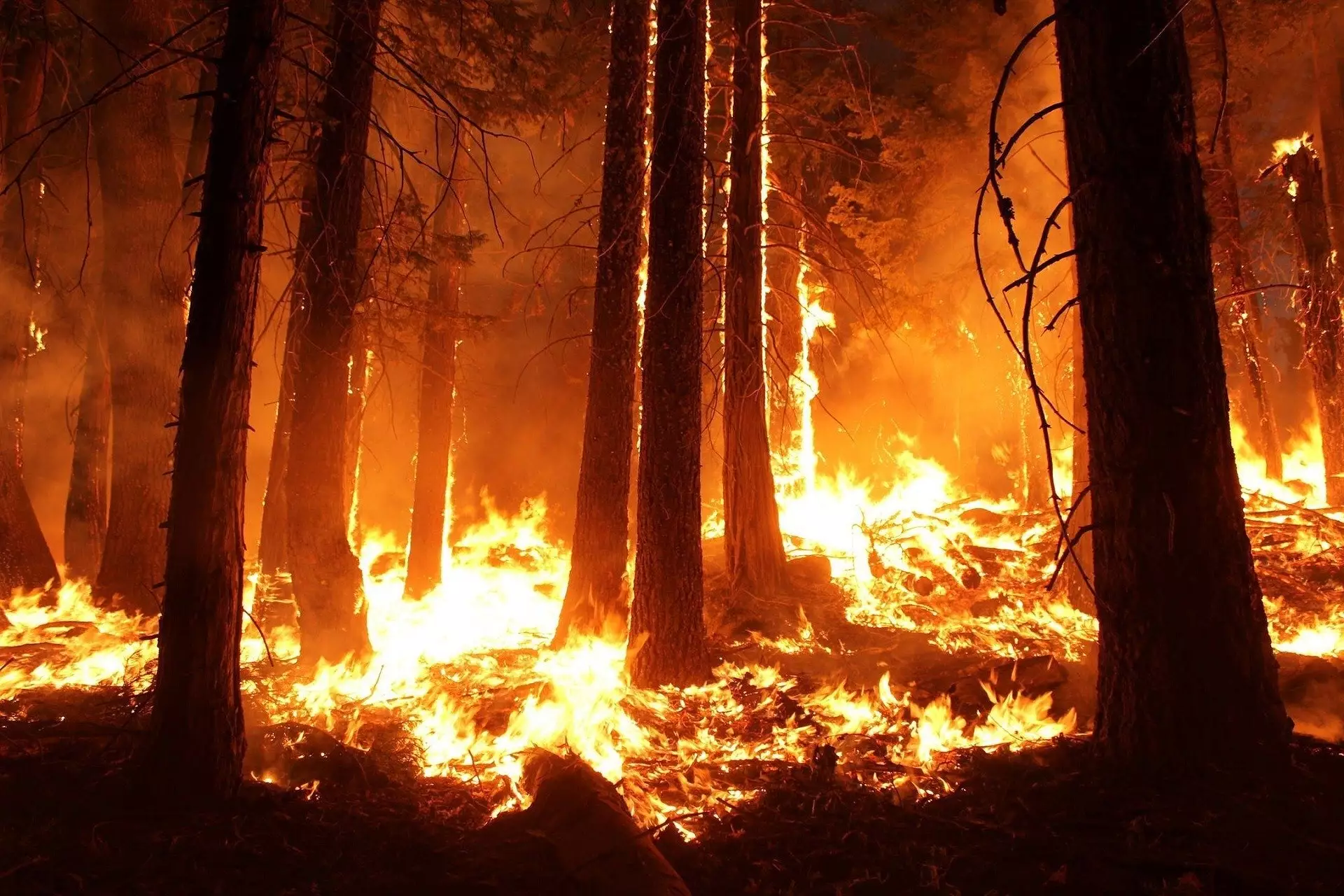Recent analyses have unearthed a concerning trend: the frequency and severity of forest fires are markedly increasing, with significant implications for land surface temperatures and overall climate dynamics. This trend, conveyed through satellite data examined over more than a decade, presents a critical factor that was previously underestimated. Regions such as the western United States and eastern Spain report fire occurrences that have drastically expanded in size, fueling worries about how this escalation will affect climatic conditions moving forward.
Researchers, led by Chao Yue, scrutinized satellite imagery covering wildfire incidents from 2003 to 2016, focusing on northern temperate and boreal forests situated between 40° N and 70° N. Their findings revealed a striking pattern: land temperatures soar in the aftermath of fire events, a correlation consistent with earlier studies. However, through mathematical modeling, they discovered that larger fires exacerbate the warming effect across regions like North America and eastern boreal Asia. This nuance emphasizes that not only are fires more frequent, but their intensified scale also contributes significantly to elevated surface temperatures.
An intriguing dimension of this research points to changes in land characteristics post-fire. The study highlighted a noticeable decrease in evapotranspiration and surface reflectivity one year after wildfires, with more pronounced changes following larger fire events. Such shifts indicate that scorched land loses the ability to release moisture, contributing to an increase in local heating through enhanced absorption of solar radiation. The implications of these findings are profound, suggesting that as landscapes lose their vegetative cover due to increasingly large fires, they will transition into heat-absorbing surfaces rather than cooling, moisture-retaining ecosystems.
Interestingly, the intensified warming effects observed in North America and parts of boreal Asia were not mirrored in other regions, such as western, central, and southeastern Siberia, nor in eastern Europe. The presence of mixed forests and deciduous broadleaf species in these areas may play a crucial role in mitigating fire-induced warming, serving as a protective factor against the harsh impacts of wildfires. This leads to a hypothesis that enhancing broadleaf tree populations could be an effective strategy in fire management practices aimed at minimizing post-fire temperature spikes.
While the findings present a clear picture of the interplay between forest fires and climate warming, there remains an urgent need for further investigation. Future research should delve into understanding how broadleaf trees can effectively suppress temperature rises in Eurasian forests and develop strategies to incorporate these species into current forest management protocols. Expanding the scope of studies to include various forest types and geographical locations may also yield critical insights into how we can adapt our approach to forest management in a warming world.
As the frequency and scale of wildfires escalate, understanding their broader implications for climate dynamics has never been more critical. The research emphasizes the urgency of reevaluating our forest management strategies and underscores the importance of preserving diverse tree species to mitigate climate change impacts effectively.


Leave a Reply